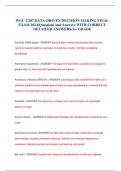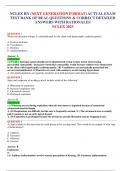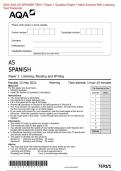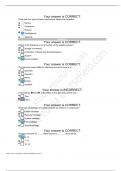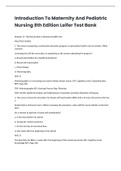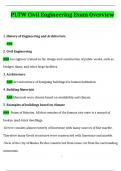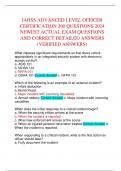Exam (elaborations)
Solution Manual for Applied Partial Differential Equations with Fourier Series and Boundary Value Problems 5th Edition Richard Haberman
- Course
- Institution
Solution Manual for Applied Partial Differential Equations with Fourier Series and Boundary Value Problems 5th Edition Richard Haberman
[Show more]




